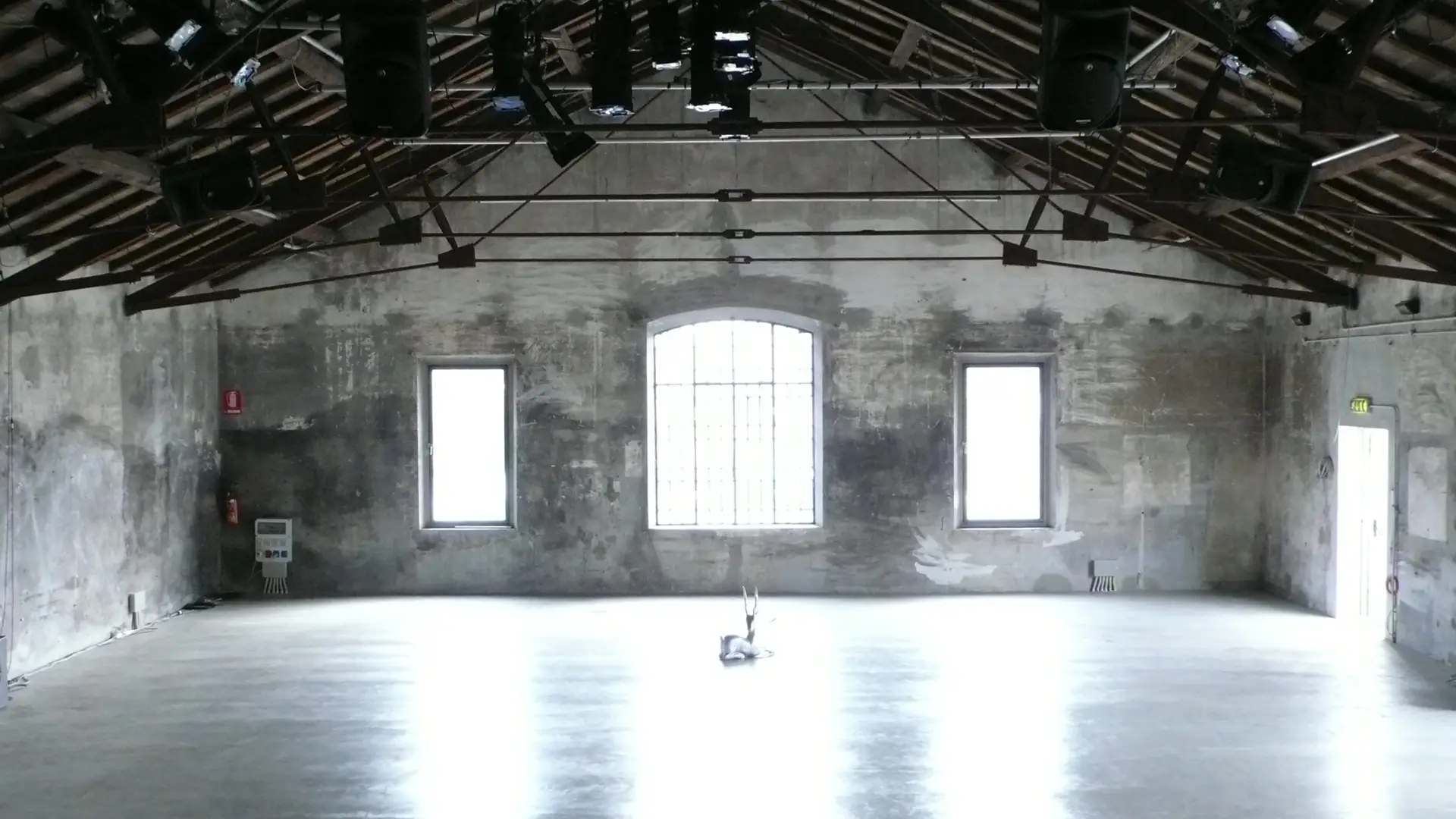

Home to the foundation since 1989, Lenz Teatro is located in via Pasubio, in Parma, in a former peripheral and popular neighborhood which has undergone intense urban redevelopment interventions over the last few years. Here the traces of an industrial past, of which isolated sections of important archaeological value survive, coexist with innovative contemporary architectural experiments in a typology of European-style urban redevelopment.
The theatre, equipped with a lift and access ramp, has a transmission system with audio frequency magnetic induction circuits (hearing loops) installed in both rooms - Mayakovsky and Est – and in the foyer/ticket office to improve listening and participation to people who use hearing aids or cochlear implants.
In 2022, Lenz was selected by the association FIADDA and the Cultural Heritage Service of the Emilia-Romagna Region to participate in this system action, called “ACCESs - Accessibility Communication Culture and Subtitles for Deaf People”.
Many of Lenz's creations are available for use via specific actions such as audio descriptions, dual language (Italian and English) surtitling, for accessibility to deaf people and for international audiences.
The property was built in 1893 by the company Tosi & Rizzoli, the Piedmontese food canning industry, which had arrived in Parma in 1892. The company was primarily involved in the production of canned food. Then the Società Parmigiana di Prodotti Alimentari took over in 1904 and continued with the production of preserves and anchovies.
In 1930, Scedep purchased the property to install a production line for tinplate jars. The company continued to develop until the 1950s and as many as 110 workers worked in the plant, then it progressively reduced production, until 1976, when it definitively ceased operations.
Then the abandonment, the degradation, the loss of all social, economic and urban functions that lasted twenty-two years.
For a shift from the centre to the periphery, from the traditional concentrations of culture to the identification of the exit axis from the city (A1 motorway and railway) as a possibility of communication with the extra-urban territory. The recovery, in summary, of an area of extraordinary historical and symbolic importance for the city.
Several internationally and nationally renowned artists have presented their works at Lenz Teatro, interspersed with continuous artistic production and cultural training.
All the spaces of the building are used for representation according to the different dramaturgical choices, but it is in the two large rooms that we create most of the artistic works.
Mayakovsky Hall and East Hall. Poetry and the East, two central points of Lenz's work Refractions.
Poetry as necessity and the east in tragedy.
Shimson.
The empty space, horizontal and vertical, down and up, is filled with actor bodies, with voices, sounds, artificial and natural colors according to dramaturgical lines and curves.
And everything remains, beyond the representation, imprinted in space.
In memory.
But also on the walls, on the floor, on the iron tie rods, on the roof of beams and bricks. The work continues to leave recognizable and unrecognizable marks, in the light or hidden.
Lenz Teatro has preserved the industrial identity of the production spaces, and is still endowed with great charm, the roofs for example are with original Polonceau-type trusses and iron tie rods.
The area of the premises is approximately 1000 m2. with two theater rooms, entrance, office area, two dressing rooms, stage workshop, costume shop, make-up room, four toilets (including service accessible to disabled people), warehouse, lift, three access stairs and related emergency exits.
From work to work, from industrial production to cultural production.